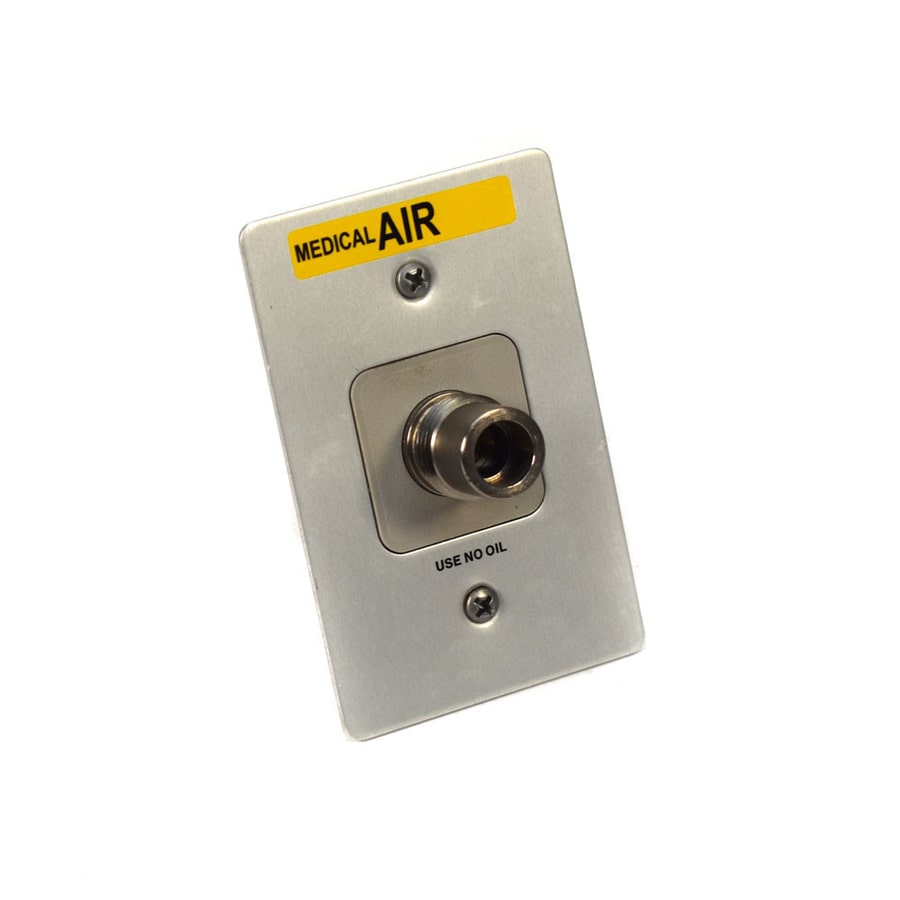
#Industry News
Knowing The Difference Between Medical And Instrument Air (Surgical Air)
Medical And Instrument Air
A question that is frequently asked within health care facilities across the country, and even the world, is whether medical air and instrument air can be used interchangeably. More specifically, the question usually surrounds if medical air can be used to power equipment, dry tools or a similar task, rather than if instrument air can be administered to patients.
The short and direct answer to both these questions is no. Although equally important to patient care, medical air and instrument air are not interchangeable and each should be used for distinct tasks. Medical air cannot be used in place of instrument air, and instrument air cannot be used in place of medical air. In fact, we would argue that within NFPA 99, Health Care Facilities Code, this is the single concept most frequently repeated in different ways. Here, we will look at some of the specifics of each gas and the reasoning behind their limited applications.
What is medical air?
By code, medical air is defined by the characteristics related to the quality of the air being delivered. It needs to meet the United States Pharmacopeia (USP) requirements for medical air, as it is considered a manufactured drug that is directly administered to patients for internal use. The USP criteria for medical air specify the allowable range of the percentage of oxygen and also limits the amount of other compounds the medical air can contain. NFPA 99 further limits the amount of liquid and gaseous hydrocarbons in medical air, as well as the number of particulates sized 1 micron or greater. Health Technical Memorandum 02 says Medical air is mainly used in respiratory therapy as a power source for patient ventilators, and for blending with oxygen. It is also used as the driving gas for nebulised drugs and chemotherapy agents.
NFPA 99 clearly states that medical air be used only for air in the application of human respiration and calibration of medical devices for respiratory application. The annex of the code states that as a compressed air supply source, a medical air compressor should not be used to supply air for other purposes because such use could increase service interruptions, reduce service life and introduce additional opportunities for contamination.
In north America, both Health Canada and the US FDA recognize the United States Pharmacopeia (USP) specification for medical air, which defines Medical air as a natural or synthetic mixture of gases consisting largely of nitrogen and oxygen, it contains not less than 19.5 percent and not more than 23.5 percent oxygen by volume, and has:
-no discernible water vapour or oil -no more than 500 ppm of carbon dioxide
-no more than 10 ppm of carbon monoxide
-no more than 2.5 ppm of nitrogen dioxide
-no more than 2.5 ppm of nitric oxide
-no more than 5 ppm of sulphur dioxide
What is instrument air (surgical air)?
Instrument air is defined by the code as a medical support gas that, along with nitrogen, is intended for the powering of medical devices unrelated to human respiration. The definition even goes as far as to state that medical air and instrument air are distinct systems for mutually exclusive applications.
Instrument air is permitted to be piped into areas intended for any medical support purpose and, if appropriate to the procedures, to be piped into laboratories. Additionally, it is permitted to be used for many general utility tasks such as to remove excess moisture from instruments before further processing, or to operate gas-driven booms, boom brakes, pendants or similar applications.
In HTM02-01,Surgical air (of medical air quality)is also used, at a higher pressure, to power a variety of surgical tools and other devices such as tourniquets. (As an alternative, nitrogen can be used for this purpose.).
Like medical air, instrument air also has a required quality. This includes filtering to 0.01 micron, being free of liquids and hydrocarbon vapors, and dry to a dew point of -40 C. These stringent criteria are in place so that it can safely power the sensitive equipment for which it is used. Instrument air is also utilized at a pressure of 160-185 psi, whereas medical air has a standard gauge pressure of 50-55 psi.





